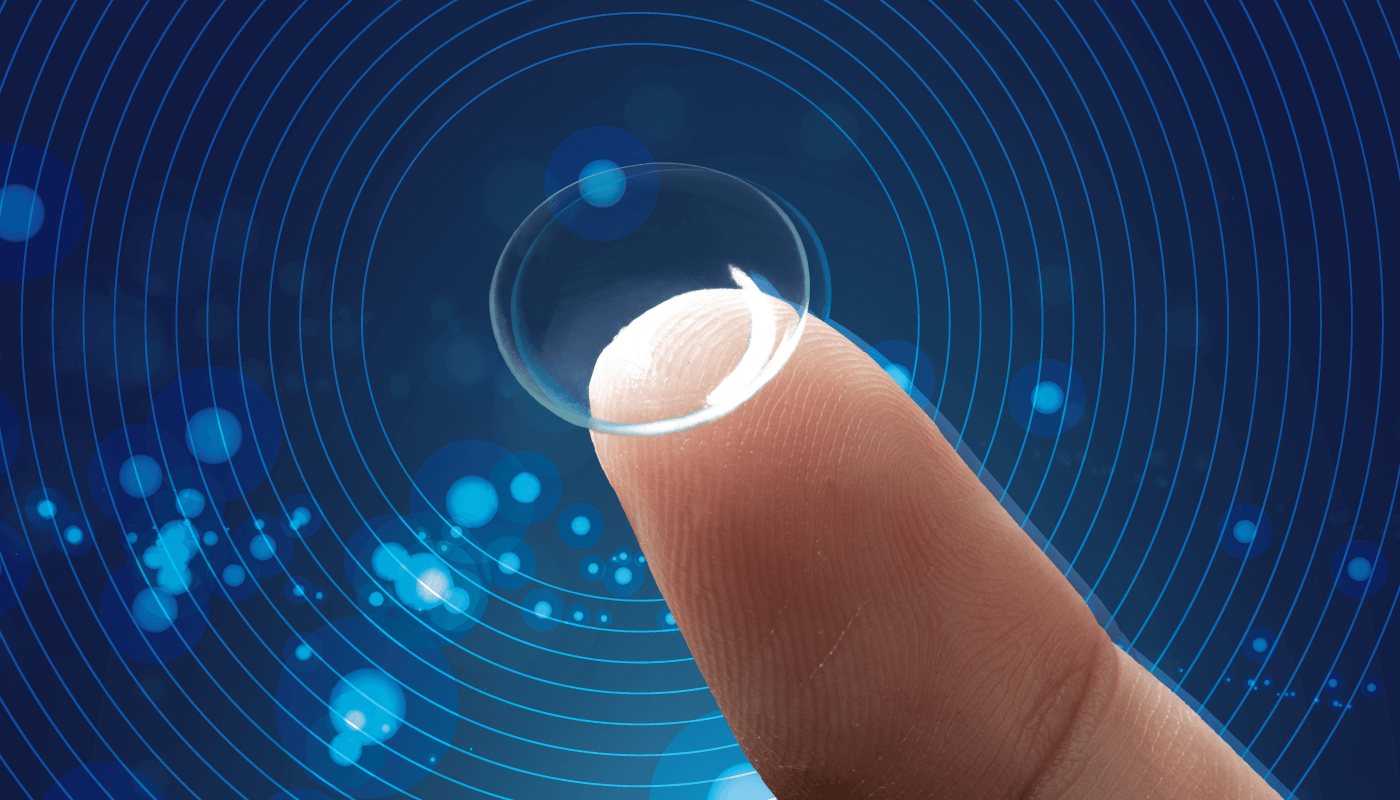
Imagine a multifunctional, ultra-thin sensor layer that contains a photodetector for receiving optical information, a temperature sensor for diagnosing potential corneal disease, and a sensor for directly monitoring glucose levels in tears. Now apply it to a lens. Thanks to a breakthrough in manufacturing, such sci-fi technology is now possible, potentially ushering in a new era of smart contacts.
Shiqi Guo, a postdoctoral research fellow at Harvard University and first author of this study, explained how the technology differs from that of conventional smart contact lenses (which make contact with tear fluids via microfluidic sensing channels) in a press release (1): “Our new layer could be mounted onto a contact lens and maintain direct contact with tears, thanks to its easy assembly, high detection sensitivity, good biocompatibility and mechanical robustness; further, it doesn’t interfere with either blinking or vision.” The system may not only provide a simple method for manufacturing advanced contact lenses, but also novel insight into the design of other electronics for human-machine interfaces.
References
- University of Surrey, “Surrey unveils breakthrough manufacturing process for ultra-thin sensor smart contact lenses” (2021). Available at: https://bit.ly/3izvESS.
